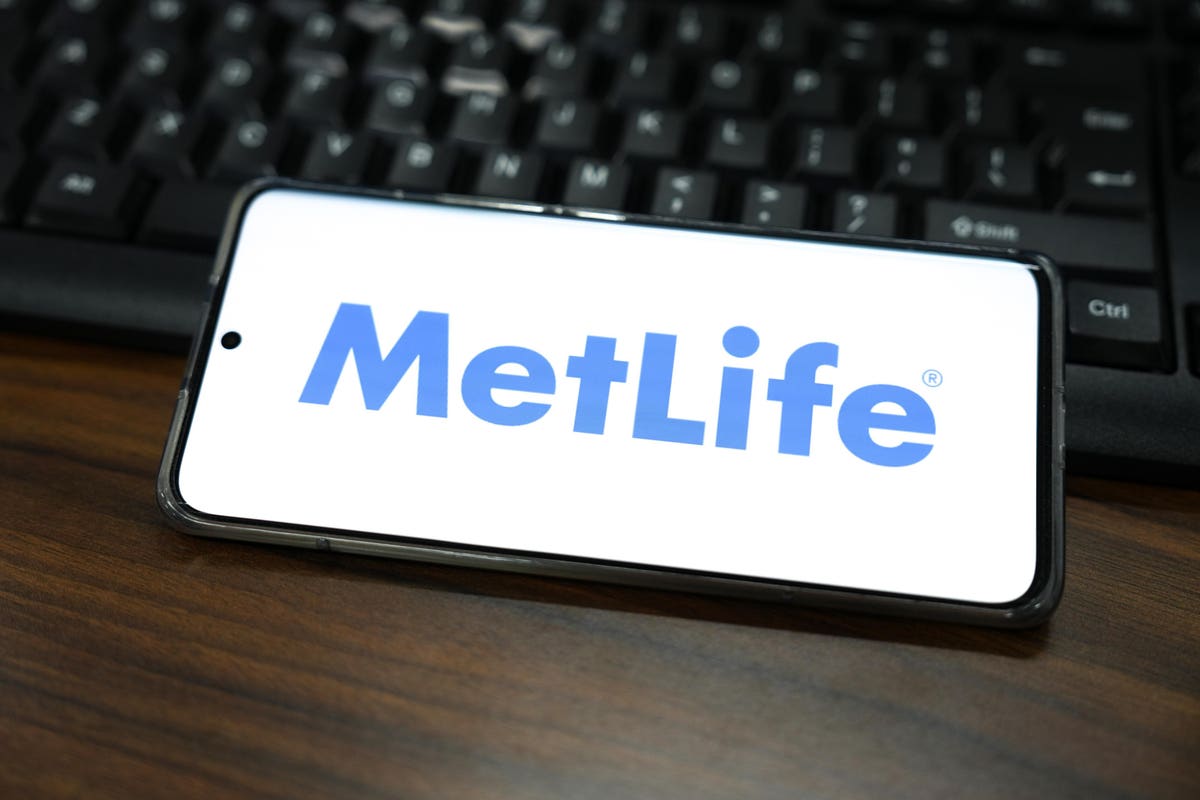MetLife stock (NYSE: MET) currently trades around $50 per share, around 30% below (more than 44% upside) its level of approximately $72 on April 20, 2022 (pre-inflation shock high), and has the potential for sizable gains. MetLife
MET
Returning to the pre-inflation shock level means that MET stock will have to gain more than 44% from here. However, we do not believe that will materialize in a quarter or two because of investor concerns over a potential recession due to tough macroeconomic conditions. Notably, the pre-inflation shock high is slightly below MetLife’s valuation estimate of $75 per share, which also suggests that the stock is undervalued.
Our detailed analysis of MetLife’s upside post-inflation shock captures trends in the company’s stock during the turbulent market conditions seen over 2022 and compares these trends to the stock’s performance during the 2008 recession.
2022 Inflation Shock
Timeline of Inflation Shock So Far:
- 2020 – early 2021: Increase in money supply to cushion the impact of lockdowns led to high demand for goods; producers unable to match up.
- Early 2021: Shipping snarls and worker shortages from the coronavirus pandemic continue to hurt supply
- April 2021: Inflation rates cross 4% and increase rapidly
- Early 2022: Energy and food prices spike due to Russian invasion of Ukraine. Fed begins its rate hike process
- June 2022: Inflation levels peak at 9% – the highest level in 40 years. S&P 500 index declines more than 20% from peak levels.
- July – September 2022: Fed hikes interest rates aggressively – resulting in an initial recovery in the S&P 500 followed by another sharp decline
- Since October 2022: Fed continues rate hike process; improving market sentiments help S&P500 recoup some of its losses
In contrast, here’s how MET stock and the broader market performed during the 2007/2008 crisis.
Timeline of 2007-08 Crisis
- 10/1/2007: Approximate pre-crisis peak in S&P 500 index
- 9/1/2008 – 10/1/2008: Accelerated market decline corresponding to Lehman bankruptcy filing (9/15/08)
- 3/1/2009: Approximate bottoming out of S&P 500 index
- 12/31/2009: Initial recovery to levels before accelerated decline (around 9/1/2008)
MET and S&P 500 Performance During 2007-08 Crisis
MetLife stock declined from nearly $65 in September 2007 (pre-crisis peak) to below $17 in March 2009 (as the markets bottomed out), implying MET stock lost almost 74% of its pre-crisis value. It recovered post the 2008 crisis to levels of around $32 in early 2010, rising 92% between March 2009 and January 2010. The S&P 500 Index saw a decline of 51%, falling from levels of 1,540 in September 2007 to 757 in March 2009. It then rallied 48% between March 2009 and January 2010 to reach levels of 1,124.
MET Fundamentals Over Recent Years
MetLife revenues decreased by 3% from $69.6 billion in 2019 to $67.8 billion in 2020 due to a drop in net investment income, before increasing by 5% in 2021. The top line again suffered a 2% drop in 2022 to $69.9 billion due to lower net investment income and net investment losses, despite strong growth in premiums.
Similarly, earnings decreased from $6.10 in 2019 to $5.72 in 2020, before improving to $7.36 in 2021. It declined to $2.93 in 2022, mainly due to an unfavorable increase in total expenses as a % of revenues.
Conclusion
With the Fed’s efforts to tame runaway inflation rates helping market sentiments, we believe MetLife stock has the potential for strong gains (more than 44%) once fears of a potential recession are allayed.
What if you’re looking for a more balanced portfolio instead? Here’s a high-quality portfolio that’s beaten the market consistently since 2016.
Invest with Trefis Market Beating Portfolios
See all Trefis Price Estimates
Read the full article here













